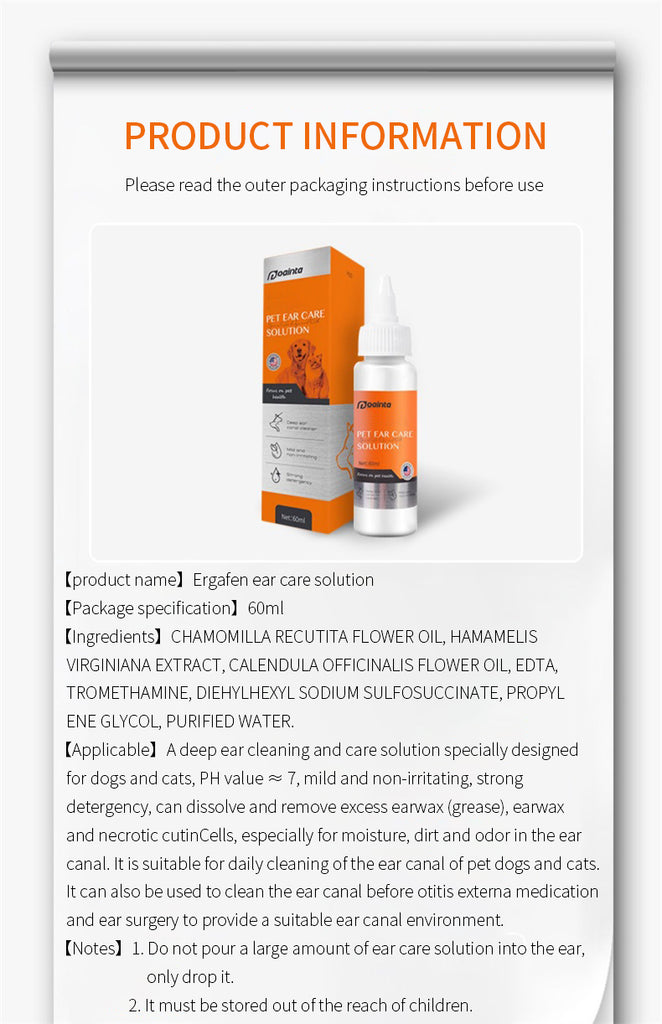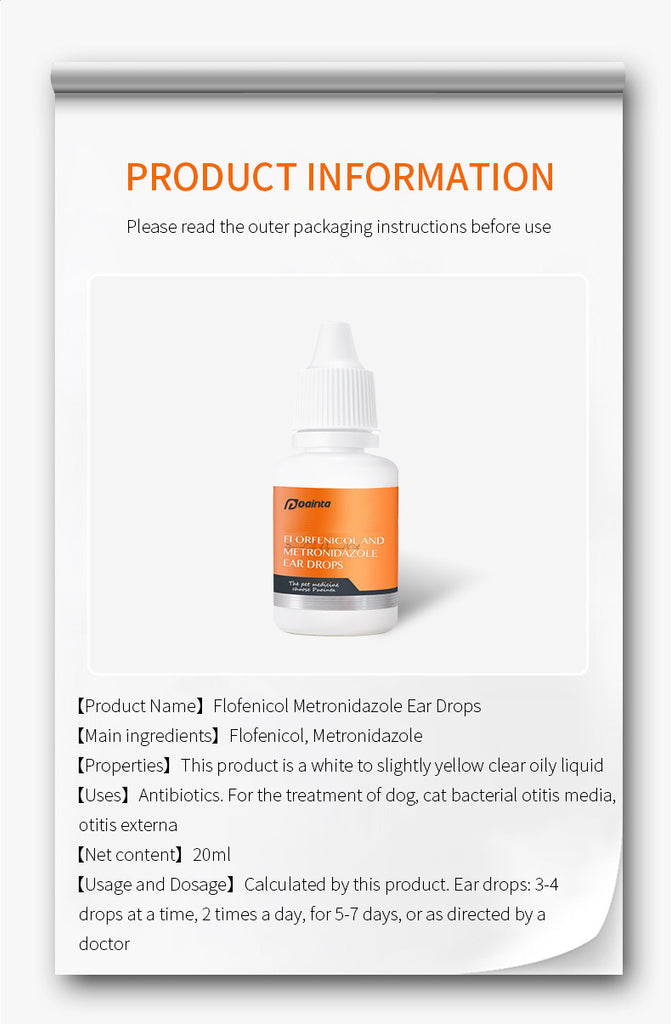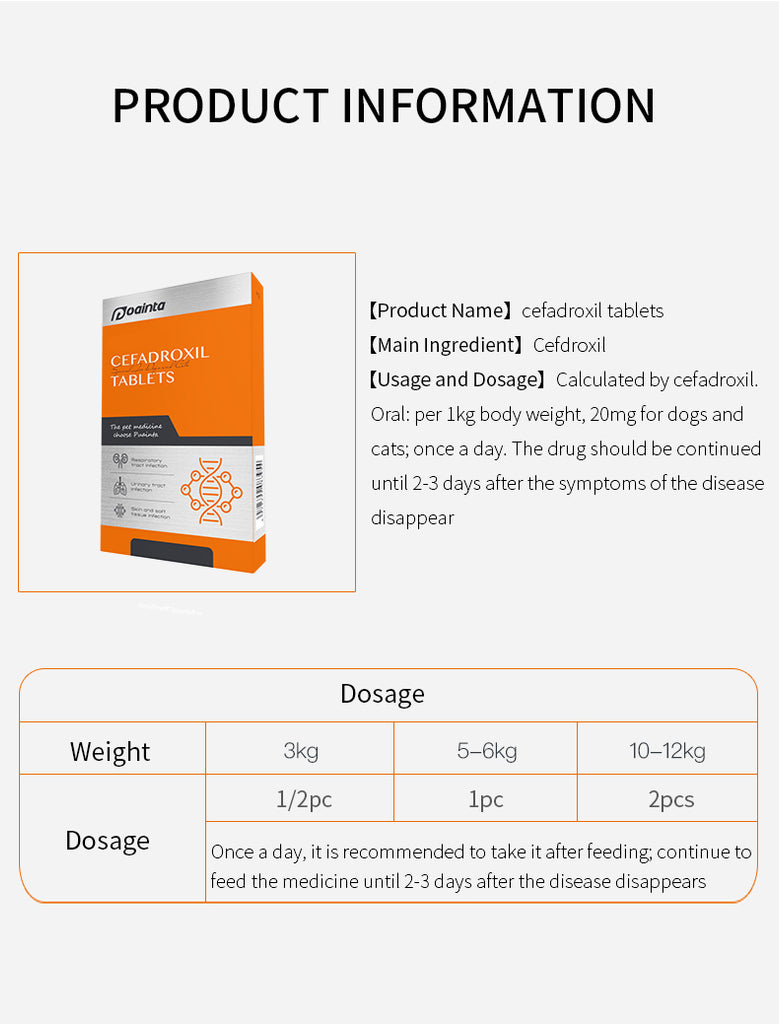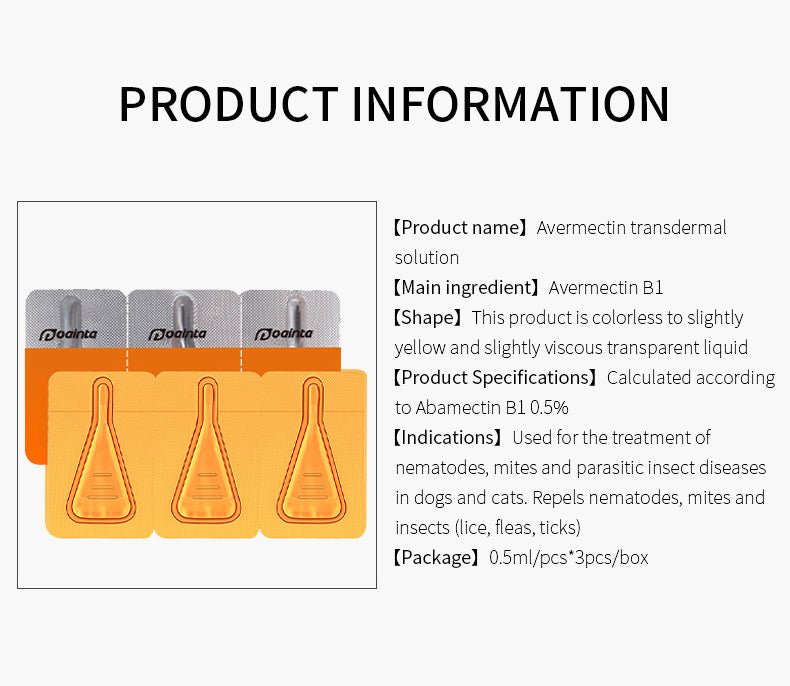What to do if your dog's ear is inflamed?
Aug 03,2022 | puaintapets
There are many reasons for otitis media in dogs. Because the dog's ears are special in shape, it is prone to bacterial infection. If you find that your dog is shaking his head, scratching his ears, swollen ears, and smelly, it may be infected with otitis media. Puainta will show you how to deal with otitis media in dogs.
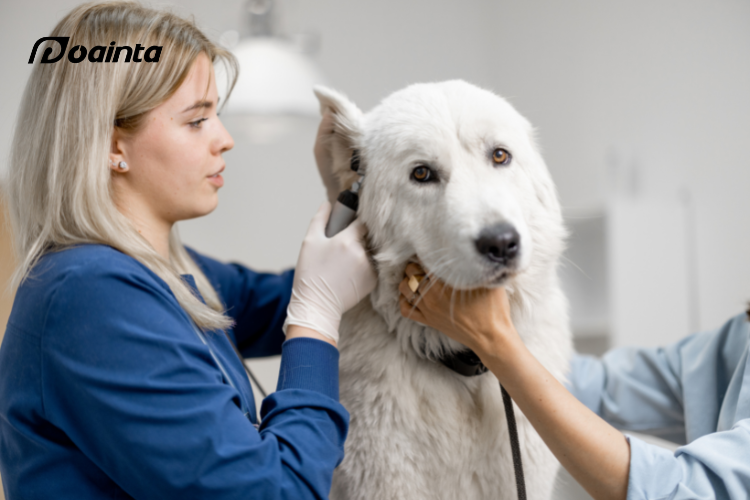
What is otitis media in dogs?
Otitis media, an inflammatory disease process affecting the middle ear, is a frequent ailment recognized in small animal veterinary practices in both canine and feline patients. It results in damage to the tympanic membrane and bulla and a variety of clinical signs ranging from pain to vestibular signs. Ears are infected by bacteria, fungi, food allergies, fleas, etc., or some other diseases may cause otitis media in dogs. Among the clinical cases of otitis media in dogs, the frequency of otitis media is relatively high in dogs with drooping ear wings (such as cocker spaniels and golden retrievers) or with hairy ear canals (such as Yorkshire terriers and poodles).
The symptoms of otitis media in dogs
- The dog frequently scratches its head and ears, shakes its head quickly, or shakes its head;
- There is a distinct odor in the ear
- Redness, swelling and inflammation of the ear canal
- The fur on the dog's ears is falling off and the skin is damaged
- Dogs may become irritable because of ear pain, attack their owners or hurt themselves because of itching, or whimper
The treatment of otitis media in dogs
If a dog is found to have symptoms similar to otitis media, it is necessary to go to the pet hospital for a thorough examination of the dog. Generally, veterinarians need to determine the cause of otitis media in dogs through a comprehensive physical examination, because otitis media in dogs is generally secondary to other diseases. , such as ear mites, skin diseases, etc. Next, an otoscopy should be performed on the dog, usually under anesthesia, to check the state of the tympanic membrane to see if there is any foreign body inside. Use a microscope to check your dog's ears for parasites or bacteria. Once a bacterial infection is identified, it can be effectively controlled and treated with appropriate antibiotics.
Suggested medication:
1. Cleaning. Remove excess fur from the dog's ear canal and auricle. Use Ear Care Solution to clean the dog's ear canal. While removing dirt, it also has certain antibacterial and antibacterial properties for dog otitis infection and promotes skin repair. effect.
2. For local treatment, the use of Ear Drops has antibacterial and antiseptic properties for dogs with otitis externa and otitis media, and has the effect of killing skin epidermis and deep bacteria. It needs to be used twice a day for 5-7 days.
3. It is recommended to use Anti-inflammatory Tablets for systemic anti-inflammatory treatment for inflammation in dogs to prevent secondary infection caused by various purulent bacteria in the body.
4. When it is detected that there are mites in ears, it is necessary to deworm the dog regularly after curing the dog's otitis media for a period of time. It is recommended to use Puainta Deworming Liquid, It is good to use on the dog's back, which is more convenient to use.
Q: Can cats use these products?
A: It can be used for cats and dogs.- From Vet in Puainta

